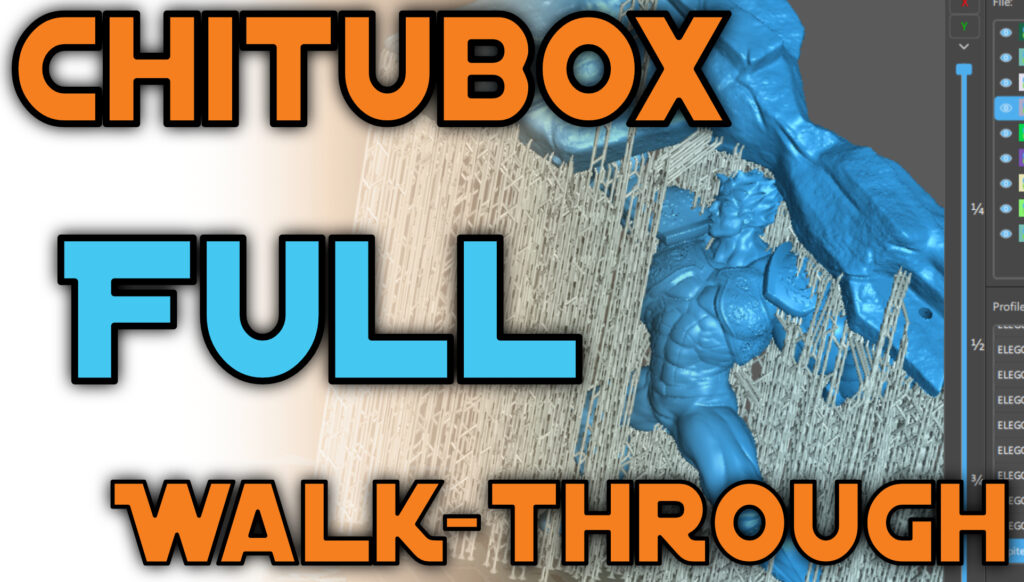Bed Levelling is… Different – CR10 Smart Pro
Compare to many other 3D printers, the CR10 Smart features causes the levelling process to be quite different. This can cause quite a bit of frustration among new user’s, so we’ll be going over the process in today’s article.
To start things off, we’ll first need to lower the build plate prior to starting the levelling process. From the main menu, you’ll go to “Settings” + “Level” and wait for the hot end to probe the centre of the build plate. From Here, you’ll use the up and down arrows to set the probe offset, and in this case we want the nozzle to just barely touch the build plate or be slightly raised if it crashes into the surface. Now, this machine doesn’t allow for extreme fine-tuning of this feature, so we’ll go through some other methods later on. By selecting any of the corner numbers, the hot end assembly will automatically move to that location, and you’ll be able to adjust the levelling nut for the that corner of the build plate. Repeat this procedure for each of the corner’s making sure to double-check these before moving on to the next step.
With the basic levelling completed, you’ll now do an auto bed levelling. This creates a levelling mesh that is retained in the machine’s memory and allows it to compensate for an uneven surface. For this to be effective you’ll first want to preheat the nozzle and the build plate making sure that the nozzle is clean from any debris. Once this is complete, you can then double-check your print levelling by doing a short print which fits the build surface. For this example, I will be using a custom file that I’ve created, but you can use anything that similar. I designed this one to print in a continuous loop depending on the number of brim lines, so I will be using this to my advantage. This file will be available along with the other support files HERE. While the printer is moving, we can now adjust the offset if necessary to make sure that it doesn’t crash into the bed but has the correct height. If you still have to make additional adjustments, then this is where your slicer settings and start G-code will come into play.
If you have problems with the initial layer being too high off the build plate, you can compensate slightly through your slicer settings. For those new to 3D printing, this might be the least daunting option. For this example, I’m using Cura, but most slicer’s will have an option which is similar to this one. Under the Material’s Tab, you’ll go to the “Initial Layer Flow” and increase this slightly. Since the build surface is so textured on this machine, it does allow for more flexibility with your flow rate, but I wouldn’t increase this too much otherwise the first layer will lift onto itself because it’ll be over-compressed. If it’s more than 10% higher than your actual flow rate, then you’ll want to use the following method instead.
You can go to “Settings” + “Configure Settings and Visibility” + “Printers” + “Machine Settings” where you can expand the Start G-Code Window. From here you can modify this line “G1 Z2.0 F3000 ;Move Z Axis up” to adjust the amount if needed. This line appears in two areas of the Start G-Code. The first is for the purge line and the second is for the actual print. The portion which controls the initial Print height is this part here, so you can either increase it if it’s too close or decrease it if it’s too height up. The good news is that because you’ve already set the Z-offset using the menu options, you know that this value will be within 0.05 increments. So you’ll make your necessary changes and do your print test to verify your results. Making adjustments with this method does make it much more accurate and for those of you who are even slightly familiar with G-code this might be the best option.
With your bed levelling complete, you should now be able to have a much better chance of your 3d prints succeeding. For the full PDF guide which includes diagrams and more detailed instructions, you can find this here along with other guides for many other machines as well.
Yasmeen completed both the 2D and 3D animation course at Algonquin College and worked in the animation industry as a freelancer for a number of years before being hired to manage the 3D printing services at ItsYeBoi. While using the Alias of "Jenny" during her services, she was responsible for the testing, maintenance and upgrading of the machine while also filming and developing 3D printable assets for various projects.

